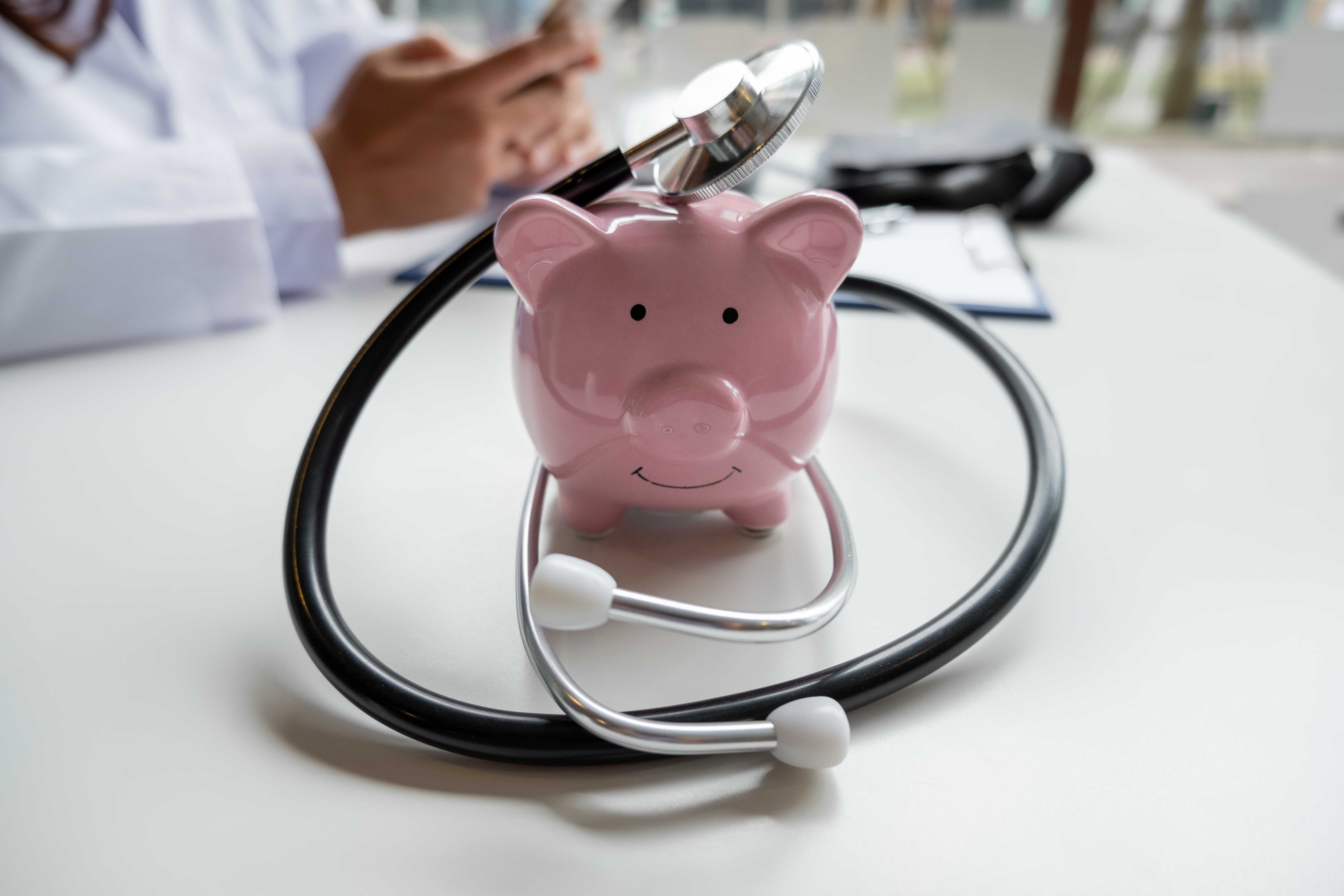Article
Most payments come through alternative payment methods, new study finds
Author(s):
That’s the good news for advocates of value-based pay. The bad news is the system remains largely dependent on fee-for-service.

The amount of doctor and hospital payments that flow through alternative payment methods (APM) rose from 10.9 percent in 2012 to 53 percent in 2017, according to a news release on national scorecards released by Catalyst for Payment Reform.
CPR also found that 90 percent of value-oriented payments are built on a fee-for-service foundation, while only 6 percent of payments pose downside financial risk to doctors; which has remained relatively steady since 2012, the release says.
“CPR was founded to catalyze payment reform that will transform health care,” says Robert S. Galvin, MD, CEO of Equity Healthcare, and chair of the CPR Board. “The results of these analyses are disappointing and a wake-up call that we are moving too slowly and essentially missing the mark. Not all payment reforms are equally effective and it’s time to put our energy toward payment methods that don’t rely on fee for service but, instead, empower health care providers to manage our populations and assume financial risk for their performance.”
The scorecards are based on data on the implementation of healthcare payment reform in the U.S. commercial sector in 2012, 2013, 2016, and 2017, when there was early investment in pay for performance. By 2016, though, shared saving payment arrangements were the most common type of payment reform, with 23.7 percent of payments in 2016 and 29.7 percent in 2017, the release says.
Bundled payments remained low, making up only 1.6 percent of payments in 2012 and 2 percent in 2017.
During the period of measurement, the scorecards found that the rate of growth for APM slowed from an increase of 16.2 percent from 2012 to 2013, to 4.5 percent between 2016 and 2017, the release says.
When it comes to commercial plans, the number of patients who have been touched by payment reforms steadily increased from 2 percent in 2012 to 24 percent in 2016, based on the percent that generally receive their care from a physician with a payment reform contract, according to the release.
The scorecards also found that 7.45 percent of patients with commercial health insurance could not receive care due to cost concerns in 2012, in 2017 that number increased to 9.68 percent.
“Given the growing recognition that high prices are the major reason health care costs continue to rise while the use of services remains flat, CPR’s view now is that it’s not real payment reform if it doesn’t address prices,” says Suzanne Delbanco, PhD, executive director of CPR.





